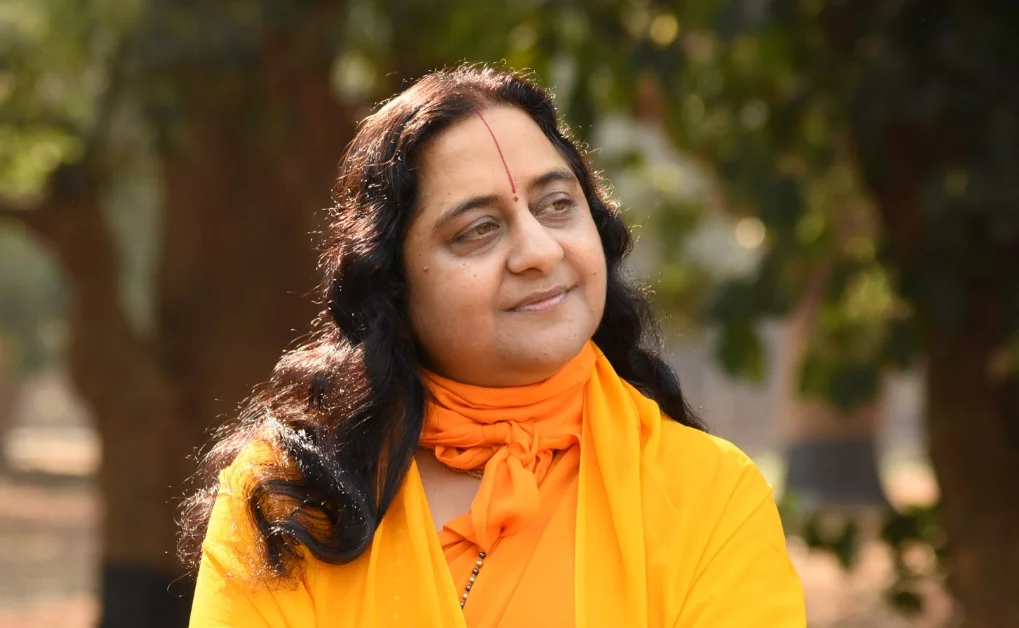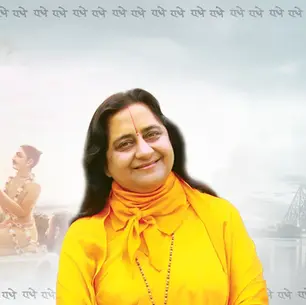Secrets of life and death - a delusion of the masses
- H.H. Raseshwari Devi Ji

- Dec 11, 2023
- 3 min read
Updated: Apr 5, 2025

"Asatoma Sad-Gamaya
Asatoma Sad-Gamaya
Tamaso Maa Jyotir-Gamaya
Mrytyor-Maa Amritam Gamaya”
In the observable world, entities emerge, rise to prominence, decline, and ultimately face dissolution.
Table of content:
This ancient mantra from the Upanishads invites profound contemplation on the cyclical nature of birth and death, unraveling the mysteries of existence.
But the question we need to ask ourselves is the following:
Does this perpetual cycle define the sole purpose of our worldly existence?
Is there a realm beyond this tangible reality?
Let us delve into these fundamental inquiries.
Charvaka philosophy and the counterargument
The Charvaka philosophy, which asserts the identity of the individual with the body. According to this school of thought, one's focus should be on hedonistic pursuits, for the uncertainty of the afterlife renders such endeavors paramount.
However, the counterargument posits that, after death, it is the corporeal vessel that disintegrates, while the soul embarks on a journey accompanied by its causal and subtle bodies.
The causal body bears the imprints of desires, shaping the trajectory of subsequent lifetimes. Meanwhile, the subtle body encompasses the intricate interplay of mind, intellect, ego, and chittah. Together, these components influence the selection of the next physical form in the intricate cycle of birth and death—a process unfolding through countless lifetimes.
At the core of these reflections lies the dichotomy between the perishable body and the eternal soul. While the physical form succumbs to the inevitability of decay and demise, the soul persists. It endures, transcending the temporal confines of mortality.
Purpose of our worldly existence and boundless happiness
The human predicament lies in misdirected pursuits, searching for limitless joy in the confines of a limited and transient world. The undercurrent of all actions is an unwavering quest for enduring happiness—an ecstasy untouched by the transient nature of joy and sorrow.
But the human experience, since time immemorial, has been enmeshed in the relentless wheel of birth and death. Despite an innate pursuit of happiness, existence remains plagued by the pangs of desire, afflictions of disease, and the shadows of depression.
It becomes evident that the ephemeral and finite nature of the world contrasts starkly with the eternal and boundless essence of God. In this cosmic drama, the sought-after happiness is intrinsically linked to the divine. The incessant striving for happiness within the material realm ensnares individuals in the cyclic recurrence of birth and death. It perpetuates a ceaseless journey through varied forms of existence, each molded by the residual imprints of desires from previous lifetimes.
The crux of the matter lies in the realization that:
True and boundless happiness resides in communion with the eternal and limitless nature of the divine. The quest for fulfillment should therefore transcend the superficial and ephemeral pleasures of the material world. Until this realization dawns, the cyclical journey persists—a continuous oscillation through the realms of birth and death.
Conclusion
This transformative shift from seeking joy in the transient to recognizing the eternal bliss in the divine offers liberation from the relentless cycle of birth and death. The profound teachings embedded in the Upanishadic mantra unravel the intricate tapestry of existence, the interplay between the perishable body and the eternal soul, the influence of desires on the cosmic journey and the quest for boundless happiness illuminate the profound essence of life's purpose.
Now, having know the truth an Individual should surrender to the wise one (god-realized aka 'Mahapurush'), follow his direction to achieve eternal wisdom and perfected divine bliss (for eternity). Otherwise, human life mirrors this cosmic dance for endless lifetimes, encapsulated in the journey from birth to death.
Please watch the video (below) to understand this topic further.
Radhe Radhe Shri Maharaj Ji's Pracharika





















Comments